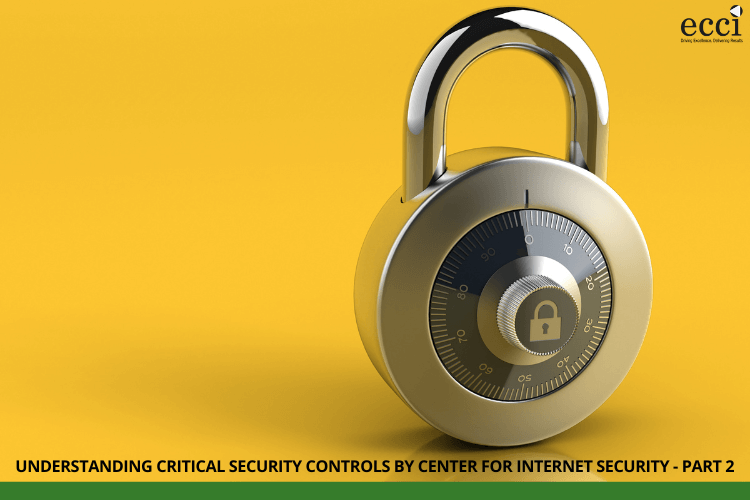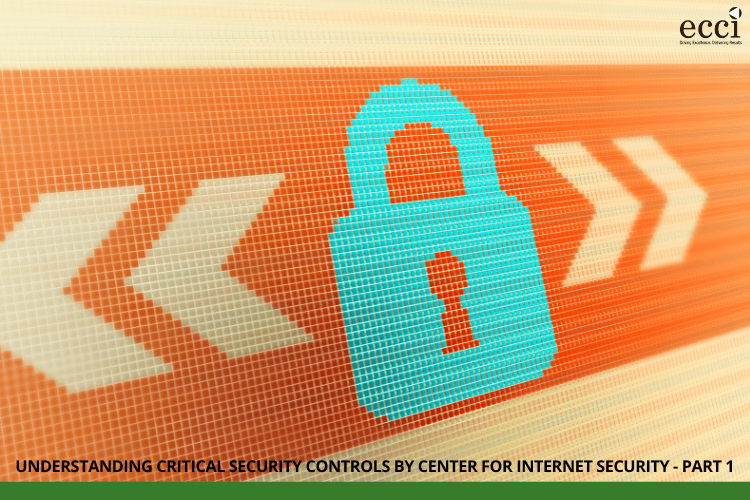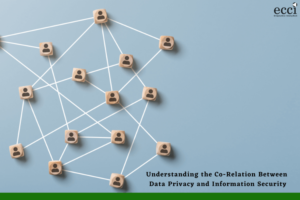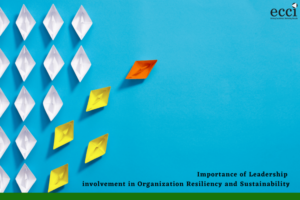“Life is a series of natural and spontaneous changes.” These words by ancient Chinese philosopher Lao Tzu is as relevant today as it was centuries go.
Who could have predicted the lasting impact of capitalism on global economy and geopolitics? Did anybody anticipate the magnitude of the 2008 US debt crisis? What about the game-changing social media, who would have thought that people will willingly volunteer their personal data and milestone information to large corporations? Change, whether good or bad, is inevitable.
How do you deal with changes or disruptions? Explore business continuity management.

What is business continuity management (BCM)?
A quick search on Google will give you a lot of definitions such as:
- “the management of core conceptual resources that address future threats to a business and help business leaders handle the impacts of these threats” (Techopedia)
- “a framework for identifying an organization’s risk of exposure to internal and external threats” (Search CIO)
- “the ability to continue delivering products and services at acceptable levels following a disruptive incident” (The Continuity Advisor)
The most accurate definition is provided by ISO 22301:
“a holistic management process that is used to ensure that operations continue and that products and services are delivered at predefined levels, that brands and value-creating activities are protected, and that the reputations and interests of key stakeholders are safeguarded whenever disruptive incidents occur”
Whether it is a trade war, a natural disaster or an internal server issue, every business has to be equipped to continue its operations at acceptable levels. You should be able to return to “business as usual” following a disruption.
A concept closely related to business continuity is a disaster recovery plan (DRP). It is a component of business continuity planning and outlines how work can be resumed immediately after a disaster. A DRP is essentially a plan that will allow recovery of data and system functionality to allow a business to continue operating. It covers operating procedures, IT equipment, and physical space.
How do corporations wield the power of business continuity? Check out these real-life examples:
Case #1: Cisco Systems, Inc.
Cisco is the largest networking company in the world with about 76,000 employees and contractors. It elevated its BCM internally from data gathering to true data analysis. Cisco is now equipped to identify threats and address these within minutes, which used to take 24 to 48 hours.
Case #2: DLL (formerly known as De Lage Landen)
DLL is a leading provider of leasing and financial solutions with 35 global offices. It replaced its decentralized BCM program with one that connected its headquarters and various branches. The old program did not include an organizational contingency plan in the event of a calamity or work stoppage. DLL proved the power of a comprehensive BCM program during an extreme winter storm in 2015 that cut off power it is headquarters. Notifications were immediately sent to key employees via email, text and phone.
Case #3: PlainsCapital Bank
PlainsCapital Bank, the sixth largest bank in Texas, has about 1,500 employees in nearly 70 locations. Its BCM system has shifted to a functional approach in-line with overall corporate objectives. It helps to ensure consistency of the operational risk management framework and allows for effective implementation across business units. PlainsCapital Bank’s BCM also prepares it for future growth.
Identify the potential risks and how these will impact your business operations, then develop a framework to respond to changes or disruptions. The goal is to always strengthen organizational resilience. Overcome and prosper.
What is organizational resilience?

Organizational resilience is a notch above achieving business continuity. It is returning to business as usual and evolving and growing following a change or disruption. An organizational resilience framework enables you to respond to changes or disruptions, to learn from such incidents and to flourish.
A case study:
Client A is a hard drive and circuits board manufacturer, and has expanded to the assembly of notebook PCs. The company was selected to be part of a project aimed to prepare organizations against the risks of operating the disaster-prone Philippines. To boost its organizational resilience, Client A approached ECCI to help align their processes with BCM requirements.
ECCI implemented an Integrated Management System, which was appraised against industry requirements: IS0 27001:2005 third-party certification audits, internal testing and validation of BCM frameworks and integrating Information Security Management System.
ECCI assessed Client A’s organizational processes, identified gaps between requirements and practices, and established a framework that aligned existing policies and best industry practices. ECCI involved key persons in the organization in identifying risks and developing action plans.
The objective of organizational resilience is “to enable any organization, including structures that supply it and otherwise depend on it, to absorb shocks, learn from them and be better equipped for future events,” according to The Mackenzie Institute.
Overcome and thrive

Dr. Ruth Massie, a Senior Lecturer in Cyber Governance at Cranfield University, said that a truly resilient organization needs “to be able to learn from incidents, exercises and near misses, to create a stronger and more adaptable organization.” It is a forward-looking organization that anticipates changes and addresses them immediately, thoroughly and constructively. It looks at the horizon for the next battle or innovation.
“Let reality be reality,” as the esteemed Lao Tzu once said. But make sure your business or organization is equipped to forecast risks, address issues and continually evolve. Work professionals highly skilled in business continuity & resiliency. Let the ECC International team help you overcome and thrive. Call us today!









